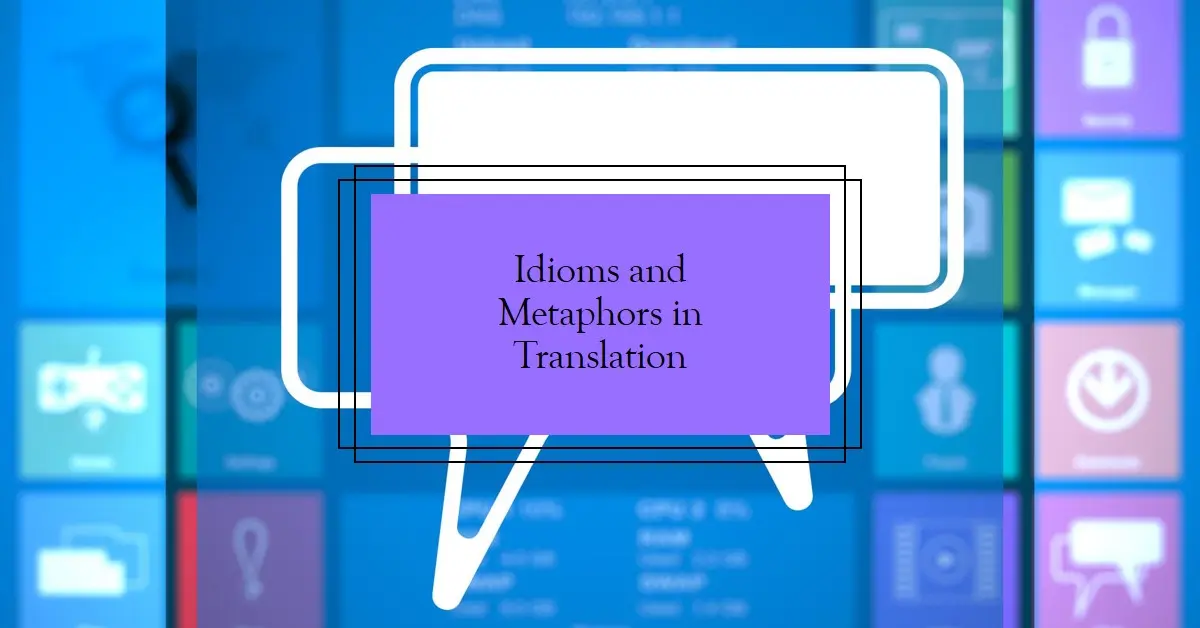Language translation is tough and complex. Different languages have different compositions and building blocks. These differ from the members of their own language family on many grounds. Gone are the days when language translation was only required because you had planned a trip overseas. It is needed for multiple purposes now. Businesses need to crack the new language with the help of translation services to expand their businesses. Researchers and scholars might require language translation to conduct thorough research on their subject. Likewise, students and online businesses also seek translation services to get their business done more conveniently with the intent of reaching the maximum number of people.
People also have misconceptions about the language translation. Whether you are working on complex languages such as Czech translation services or a more common language such as German, you need to do a fair search about your language and the process of translation. Language translation is anything but a word-for-word or literal. A literal translation kills the essence of the whole content. Translated content needs to be clear, meaningful, concise, and accurate with the due flow and fluency. The most challenging part that translators often follow while dealing with language translation is translating the idioms and metaphors. These somehow reflect the cultural references and traditions of a language. The metaphors and idioms most of the time, do not come with a direct alternative in the target language. The translators must understand its crux and translate it in a way that best interprets the metaphors and idioms.
This is the major reason that only expert and professional translators should be assigned the task of language translation. The translation of idioms and metaphors is also a creative process. The translators have to deal with different challenges while translating different languages.
1. Non-Literal meaning
The first and foremost challenge is about the non-literal meaning of the idioms.
The essence of idioms
Idioms are rich in meaning. These are used at some particular events and situations to relate with the things. These are the phrases that carry figurative meaning which implies that could be different from the literal meaning. For instance, consider this ‘to kick the bucket’ which doesn’t actually involve kicking a bucket but rather tells about ‘die’ or ‘to die’. The translators have to take care of this while working on idioms and phrases. They have to grasp the original intent and meaning from the source language and make it reflect in the target language.
Metaphors and similes
Metaphors often talk about implicit comparisons. This may compare the lips with the rose petals or eyes with the shining stars. Likewise, they often use the terms such as he fought like a lion or someone is as sly and cunning as a fox. Both these rely big time on the imagery and associations that often have no meaning in the target language and the translators have to come up with rather a creative and meaningful solution to cope with such challenges.
2. Cultural Embedding
Another major aspect that makes translators suffer while dealing with idioms and metaphors is their cultural referencing. They have to consider cultural references during the translation of idioms and phrases. The traditions and cultures could be different even for the members of similar language families. English and German, for instance, belong to a similar language family which is Indo-European. However, the cultural references that you need to consider for professional German translation could be different for English and other members.
Cultural grounding
Idioms and metaphors have a great connection with cultural traditions and their mythology, as well as with daily life. A translator who is not familiar with the cultural traditions of the target language and their mythology is likely to misinterpret these and the intended meanings.
No direct equivalents
Now that we know that idioms and phrases differ with languages and have no alternative meanings and equivalents in the target language. Most of these are particularly specific to their language and culture. A literal translation of the idioms can turn into a lame and sometimes humorous meaning in the target language. In such cases, the translators should look for the relevant expression in the target language and convey a similar meaning and concept accordingly.
Cultural sensitivity
Cultural sensitivity is another critical factor to consider during idioms and metaphor translation. An idiom or metaphor that seems harmless in one region and culture can invite hype and make people offensive in the other culture. This can carry insensitive connotations. Therefore, always check for cultural appropriateness and relevance in the target region. The translators should be vigilant about these aspects while translating the idioms and phrases.
3. Linguistic Complexity
Every language comes with a certain level of linguistic complexity. The translators often have to stumble in connotations and language nuances during the process of idioms and metaphor translation. The idiomatic expressions carry certain tones, and different levels of formality are likely to get lost in translation. During such a scenario, it gets challenging for the translator to look for the right register that can match the meaning of the original word or phrase.
Moreover, many times the lack of familiarity with the idioms’ meanings and significance also leads to misinterpretations, and misinterpretation in the idiom translation can be a serious threat to your reputation and business, making people infuriated and offended. So to avoid embarrassing situations and harmful misunderstandings working a bit on language and its linguistic features can be of great help.
Conclusion
Language translation is a challenging task. Translating idioms and metaphors is one part of translating languages. Czech and German are two important languages, and while seeking translation services for them it is imperative to consider the challenges such as non-literal meanings, cultural embedding, and linguistic complexity.


